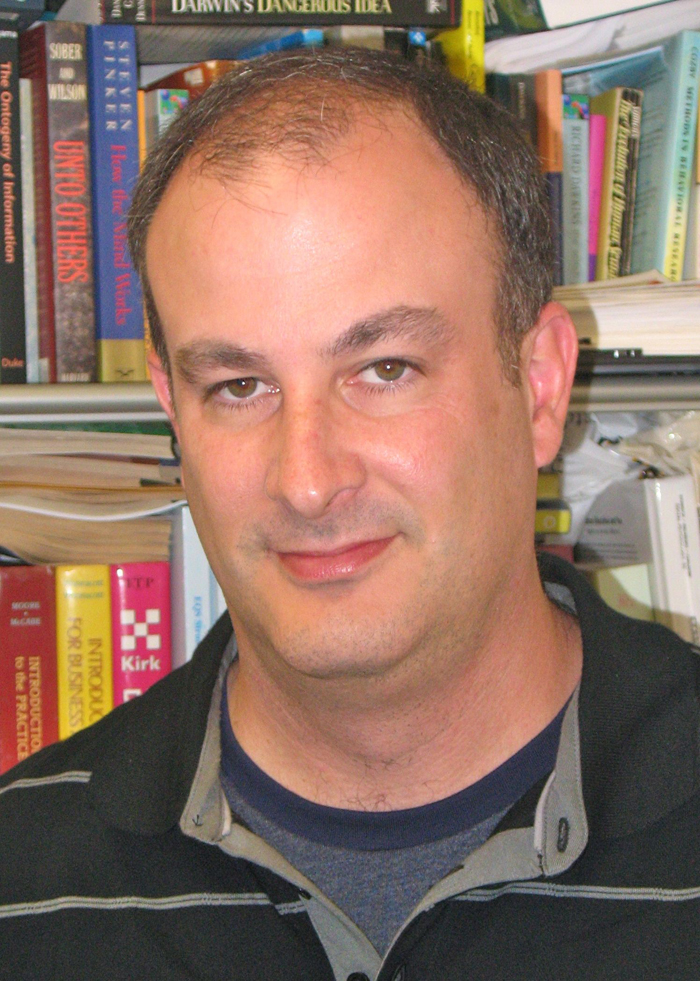

There's not much consensus in personality psychology about why people differ in traits such as extraversion and introversion. A lot is known about factors that correlate to such traits –– physiological components and social behaviors –– but what makes one person outgoing while another is shy has remained a mystery.
New research conducted by a team of psychologists at UC Santa Barbara and UC Berkeley suggests that while heredity may be a contributing factor, the majority of the variation can be attributed to a developmental process called facultative calibration. Extraversion and its opposite, like other personality traits, are calibrated to variations in other features, such as attractiveness and physical strength. The findings were reported in a recent issue of the Personality and Social Psychology Bulletin.
The paper is titled "The Origins of Extraversion: Joint Effects of Facultative Calibration and Genetic Polymorphism."
"The fundamental question of the study is one of origins," said Aaron Lukaszewski, a postdoctoral scholar at UC Berkeley and the paper's lead author. "Why do people vary from one another? And why does it seem that some differences are innate –– they manifest early and persist over the course of a person's life? Do personality variations arise from genetic differences, or as a function of interaction contingency systems as they interact with the social environment?"
The current study represents the first empirical research that compares genetic differences with behavioral strategies based on cues resulting from particular characteristics. "If you're getting feedback that says you're attractive, it makes sense to play an extraverted strategy," said James Roney, associate professor of psychology at UCSB and the paper's co-author. "If you're getting feedback that you're less attractive, then it makes sense to be introverted. The same is true for strength, especially for men."
The researchers tested whether the variables of strength and attractiveness actually predicted extraversion levels. They found that, between the sexes and among the different samples, the variables explained approximately 20 to 40 percent of the variance. "And that's quite a lot," said Roney. "If you look at individual genes that have been identified, typically they don't explain more than 1 to 3 percent of the variance in a trait like extraversion."
In their study, the researchers also looked at a specific androgen receptor gene that might predict extraversion. This gene encodes for the receptor for androgens, such as the hormone testosterone. "But there's a variance in the gene sequence between different individuals," noted Roney. The length of the Cytosine-Adenine-Guanine (CAG) codon repeat on the gene seems to be associated with the androgen receptor level of activity, he continued. "The shorter the number of these repeats, the more active the receptor is. This means that if two men had exactly the same testosterone, the one who had the shorter number of repeats would convert that same amount of testosterone into larger effects –– such as greater muscle mass –– because the receptors are doing more with the same amount of hormone."
Lukaszewski, who is currently a visiting postdoctoral scholar at the Haas School of Business at UC Berkeley, added: "The model we're working with says there will be individual genes that have an effect on things like extraversion and introversion, but the bulk of the variance is going to be explained by developmental processes by which you get feedback about the best strategy to play. And we think traits like strength and attractiveness might be those involved in that kind of calibration."
Related Links



